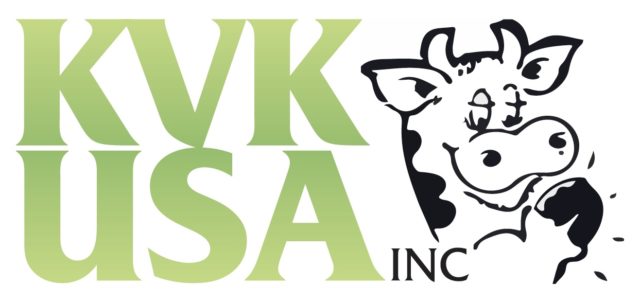Our farm sits in the bottom of a valley. Because of it, we can’t get any reception. When I did have a cell phone, I had to climb to the top of the hill to use it. On winter nights talking to friends, I’d stomp around corn stalks to keep warm. Most conversations ended not because I ran out of things to say, but because my fingers went numb.
There is also no practical high-speed Internet in our area. Only two companies offer DSL, both charging $50 a month for a service that’s slow and comes with heavy bandwidth restrictions.
We pay it because we have to, but we cannot stream videos, Skype or download much per day. The high-speed Internet that is the equivalent of the $15-a-month service available in town would cost us a minimum of $80.
We have a landline out of necessity. Recently, that stopped working. We climbed the hill to call Verizon and report it. Nine days later, they sent a technician. The technician knocked on the door to report that they didn’t know when they were going to fix it. He was, however, candid.
He said that because it is not economical to provide us service, and the lines had been disrupted several times before, the system has marked us as “problem people.” Simply, they don’t want to maintain our service. In fact, they were legally obligated to respond to our call within 24 hours but elected to pay the fine instead.
America’s first national identity was based on rural people. The new republic did not have the cultural aristocracy of England, but it did have open land, big hills, dense forests – and more importantly, people who made a life there.
The early leaders formed virtues out of the things these people did. In some ways, it is part of the picture of how other countries still view America – wild untouched space, small-town life and a hint of pioneering and cowboy spirit left from the past.
More importantly, perhaps, it seems to be how we still view ourselves. Although the majority of the country now lives in cities and suburbs, many TV commercials show a disproportionate number of cornfields, woodlands and trucks driving down roads without another person in sight. We still like to think of ourselves as country people.
Since the turn of the 20th century, however, rural culture came with a dualism it hasn’t been able to shake since. While it is still celebrated for the original qualities attached to it, such as autonomy, independence, pragmatism and honesty, rural people have also been tagged as backwards and resistant to change.
How many movies show the farmer that can rig a baler with twine and duct tape but can’t use a cell phone?
According to the Federal Communication Commission, only 40 percent of rural households have access to high-speed Internet. This leaves 19 million country residents without it. Not only can these people not enjoy some of the luxuries offered by a good Internet connection, from streaming Netflix to finding music, but don’t have use of a tool that has become necessary in functioning society.
With everything online these days, 60 percent of rural America is at a disadvantage from everything from applying for jobs to accessing government programs. It becomes more complicated to obtain necessary information and communicate efficiently.
When country residents are not offered the same opportunities as those in urban areas, not only does it hinder rural America’s chance to participate in the national culture, but limits what that part can be. The notion of country people being backwards becomes a forcefully fulfilled notion when not given the proper opportunities to prevent it.
Issues of rural development – such as “brain drain,” where the highest-achieving country residents leave for better prospects in urban areas – become augmented when the disadvantages to living outside metropolitan areas become so blatant.
The federal government attempted to address the Internet issue in the 2009 economic stimulus package, including $4.7 billion for the Broadband Technology Opportunity Program. While the intention was on target, the problem has been in its administration.
Investigators found that much of the money went to wealthy areas to improve already-existing high-speed Internet and didn’t reach the areas where it would do the most good. Most European countries have broadband access for every citizen, while America is far behind in achieving the same.
In response, the commission created the “Connect America Fund” to use taxes from customers’ phone bills to pay for high-speed Internet to be put into rural areas. Its goal is to complete the project by 2020, although it is too soon to tell if it will find more success than previous attempts.
While it is apparent that admiration of the country life in America still exists, the lack of access to technology suggests that when it is not economically beneficial to provide residents with the basic opportunities everyone else has, rural America can find itself in a tight spot.
In the larger picture, it may mean finding ways to restate the argument that rural communities are worth investing in, from the agricultural products and talented people they produce to a preservation of a landscape and lifestyle the nation identifies itself by.
It might suggest we have to work a little harder to have what everyone else has, to make sure we aren’t forgotten. It might even mean we have to be problem people. PD
Ryan Dennis is the son of a dairy farmer from western New York and a literary writer. The Dennis family dairies and maintains a 100-plus cow herd of Holsteins and Shorthorns.

-
Ryan Dennis
- Columnist
- Email Dennis




